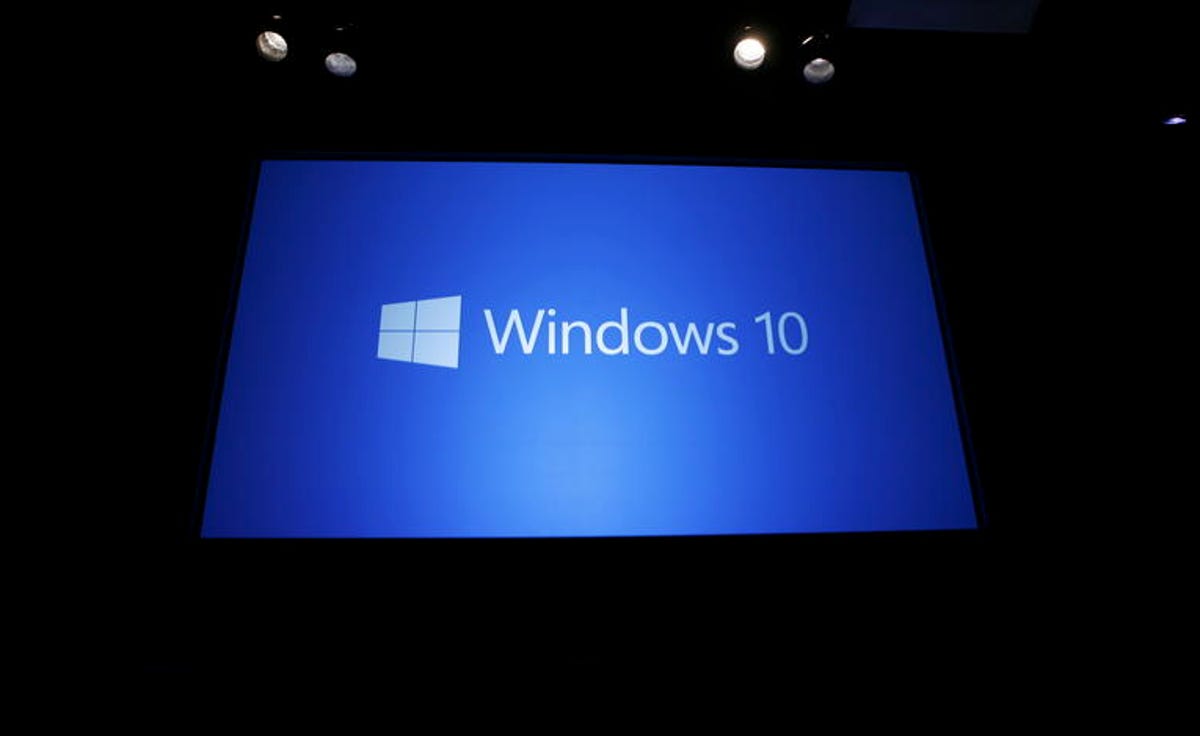
Nick Statt/CNET
Microsoft has bold ambitions for Windows 10: To power 1 billion devices by 2018. To achieve that goal, the company for the first time will let most users update to the new version at no charge for one year after Windows 10’s release, slated for later this summer.
After that, however, Microsoft doesn’t know what it will charge customers to upgrade — or how it will deliver upgrades in the future.
Joe Belfiore, vice president of operating systems, said Thursday the company’s primary concern is getting the operating system onto a critical mass of devices as quickly as possible. How will people get their hands on Windows 10 after the first year? “I don’t know, ” Belfiore said at a press event during Microsoft’s annual Build developer conference in San Francisco.
While Microsoft hasn’t claimed it would never charge customers to upgrade to its latest software or to buy it a license for it outright, executives have put greater emphasis on casting the software as far as possible than on pricing. Users who update to will get “new features and benefits for a long, long time,” said Belfiore. Those add-ons will include application and full OS updates, he added.
Microsoft is taking a big gamble with Windows 10: That Windows can become integral to every mobile device and every piece of software we use. That’s because the one operating system can run universal apps developed for any device, all delivered via Microsoft’s cloud. By design the software should, in theory, know exactly how you’ll want to use it.
The result is a very different strategy for how the world’s largest software maker delivers and sells its products. To that end, Microsoft has transformed Windows from a one-time software license into a perpetual service. It’s also making sure its applications can live on many different devices, even those not running Windows. Ultimately, Microsoft needs to get customers aboard.
“Microsoft’s strategy goes beyond Windows 10, but a successful launch and swift user adoption is crucial to create the foundation for Microsoft’s business model transition,” Geoff Blaber, vice president of Americas at CCS Insight, wrote in an analyst note following the company’s Build keynote presentation Wednesday.
Uncertainty about Windows 10’s price tag may urge more PC users to upgrade sooner rather than later. Yet it also raises questions about the benefits and new features users can expect when they pay for Windows 10. The company has left open the possibility that substantial OS updates could merit a distinct number or name change, similar to how Apple has transitioned to an annual cycle of incremental updates to its software with splashy names like Mavericks and Yosemite. The question is whether Microsoft will charge and market such updates.
So how Windows 10 operate in the future? It will be “pretty similar to the model you see with phones,” said Belfiore.




